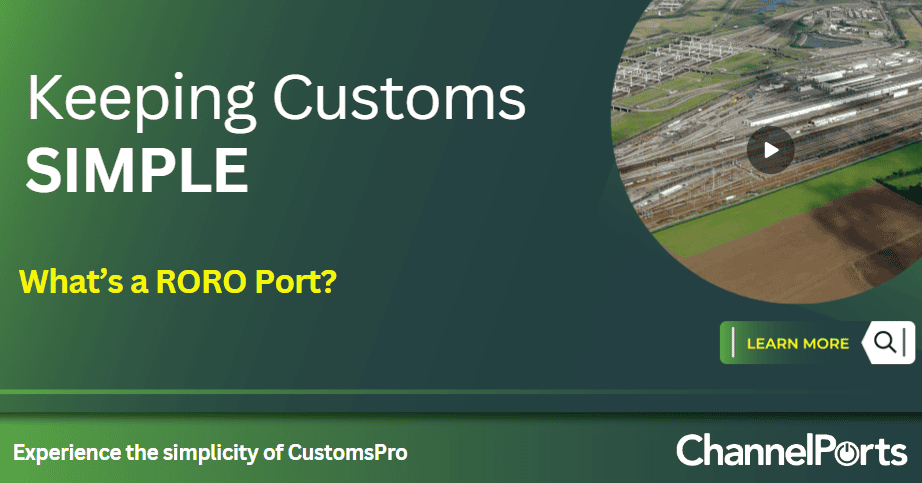What is a RoRo port?
A RoRo (Roll-on/Roll-off) port is a specialized type of port designed to handle RoRo ships, which are vessels that are used to transport wheeled cargo. This cargo can include cars, trucks, trailers, and other vehicles that can be driven on and off the ship on their own wheels. One of the busiest RoRo ports is the Eurotunnel at Folkestone.
Key Features of a RoRo Port:
Specialized Terminals:
RoRo ports have specialized terminals equipped with ramps and berths to facilitate wheeled vehicles’ easy loading and unloading. These ramps allow vehicles to be driven directly onto and off the ship, which is much more efficient than traditional cargo handling methods.
Vehicle Handling:
The primary cargo at RoRo ports includes cars, trucks, buses, construction machinery, and other vehicles. This can also extend to trailers and other wheeled equipment. The vehicles can be driven on and off the vessel, simplifying the process compared to containerized cargo.
Efficiency:
RoRo ports are designed to maximize efficiency in terms of time and labour. The roll-on/roll-off method significantly reduces loading and unloading times compared to traditional lift-on/lift-off methods used for container shipping.
Infrastructure:
These ports are equipped with dedicated parking areas, storage facilities for vehicles, and maintenance and inspection areas. They often have large open spaces to accommodate the high volume of vehicles that can be handled simultaneously.
Example of RoRo Operations
Loading Process:
Upon arrival at the destination port, the vehicles are driven off the vessel using a similar ramp. They are then parked in designated areas for customs clearance and further transportation.
Benefits of RoRo Ports
- Speed and Efficiency: The roll-on/roll-off process allows for quick turnaround times for vessels, reducing port congestion and improving overall efficiency.
- Reduced Handling Risks: Direct driving of vehicles onto and off the vessel minimizes the risk of damage compared to lifting and moving cargo with cranes.
- Cost-Effective: Lower labour and equipment costs are involved in the loading and unloading process, which can translate to cost savings for shippers.
